WHAT IS A CAIRN?
It’s a balancing act, a sculpture constructed by carefully placing stones on top of each other. It’s a structure built by man using natural materials as a way of connecting with nature. It’s a point of reference, a cultural symbol, a focal point in a garden, a celebratory or sacred memorial. And sometimes it’s just what it looks like – a pile of rocks.
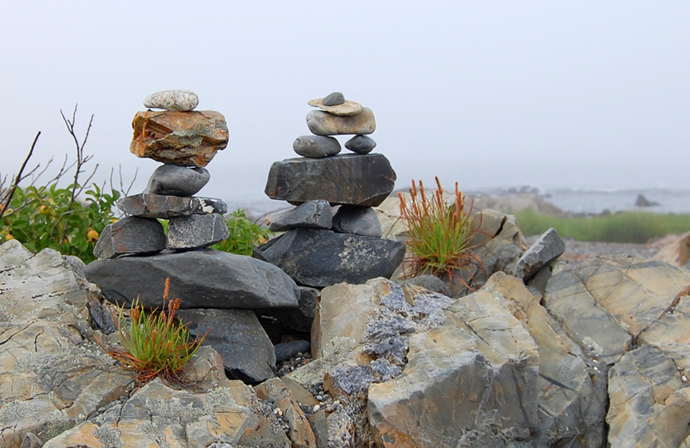
. . . . . . . . . . .
The word ‘cairn’ originates from Scotland where, according to folklore, Highland clansmen about to go into battle would place a stone upon a pile. Those who survived would then remove a stone and any remaining stones would be left there to honor the dead.
Modern cairns may also be erected for decorative or artistic reasons. For instance, British sculptor Andy Goldsworthy often performs incredible engineering feats by balancing rocks in their natural habitats.
A cairn is a man-made pile of stones, often carefully constructed for use as a trail marker. These rock piles are used as landmarks in many parts of the world, usually where trees are sparse. They vary in size and shape, from rough stones piled in tall cone shapes to round rocks carefully balanced atop one another.

. . . . . . . . . .
Used to mark mountain bike and hiking trails, navigational cairns are placed at regular intervals, each marker pointing to the next one. Most trail cairns are only a foot or so in height, but may be built taller to be visible in snowy areas.
Cairns can be found on rocky Maine shores, sometimes below the tide line. There have been sightings of cairns in coastal Maine on the point between Gooch’s and Middle beaches in Kennebunk; Pond Cove in Cape Elizabeth; along the trail up to Mount Battie in Camden; at Ocean Point in East Boothbay and standing like sentinels on the east shore of Peaks Island in Casco Bay.






These rectangular rocks on Peaks Island were made for stacking.
All the cairns make the beach look a bit alien.
. . . . . . . . . .
Not all public locations welcome the building of rock piles. Dozens of cairns that used to dot the rocks below the path along Marginal Way, Ogunquit, are now gone and there is a sign that states, “Leave Nature Undisturbed.”
In the early 1900s Waldron Bates, a mapmaker from Boston, planned and engineered trails for hikers in Acadia National Park. Bates designed a functional marker for the trails. It became known as the ‘Bates cairn,’ and consisted of two large base stones supporting a flat rock slab between them. A fourth rock rested on top, pointing in the direction of the trail. Some of Bates’ original cairns still exist today on less-traveled paths.
To the dismay of naturalists and park managers, people often add to or even remove rocks from the existing cairns. This type of modification can cause hikers to stray off the trail, ruins habitats and causes soil erosion. Park managers remind visitors not to tamper with cairns or build new ones. The ‘Leave No Trace’ ethic advocates for leaving the outdoors undisturbed and in its natural condition.
“Geologists have a saying: rocks remember.” ~ Neil Armstrong
PHOTOGRAPHS BY GERALDINE AIKMAN
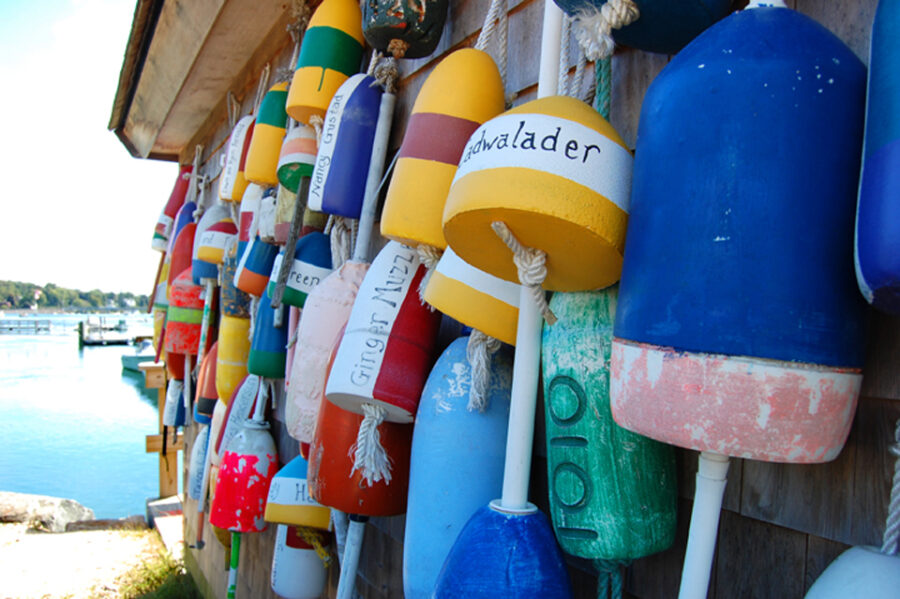
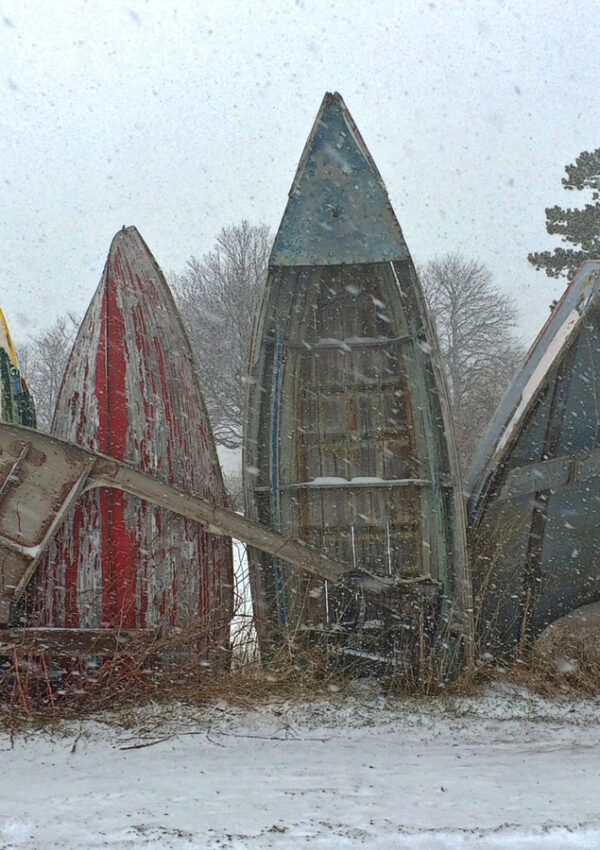
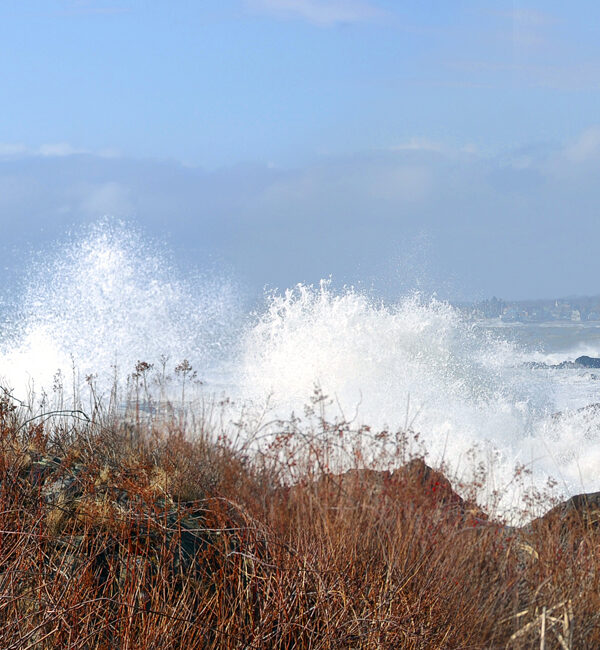
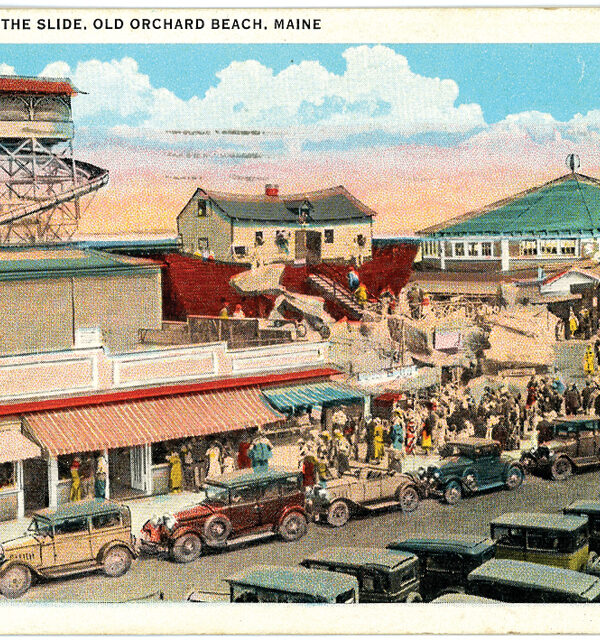


Leave a Reply